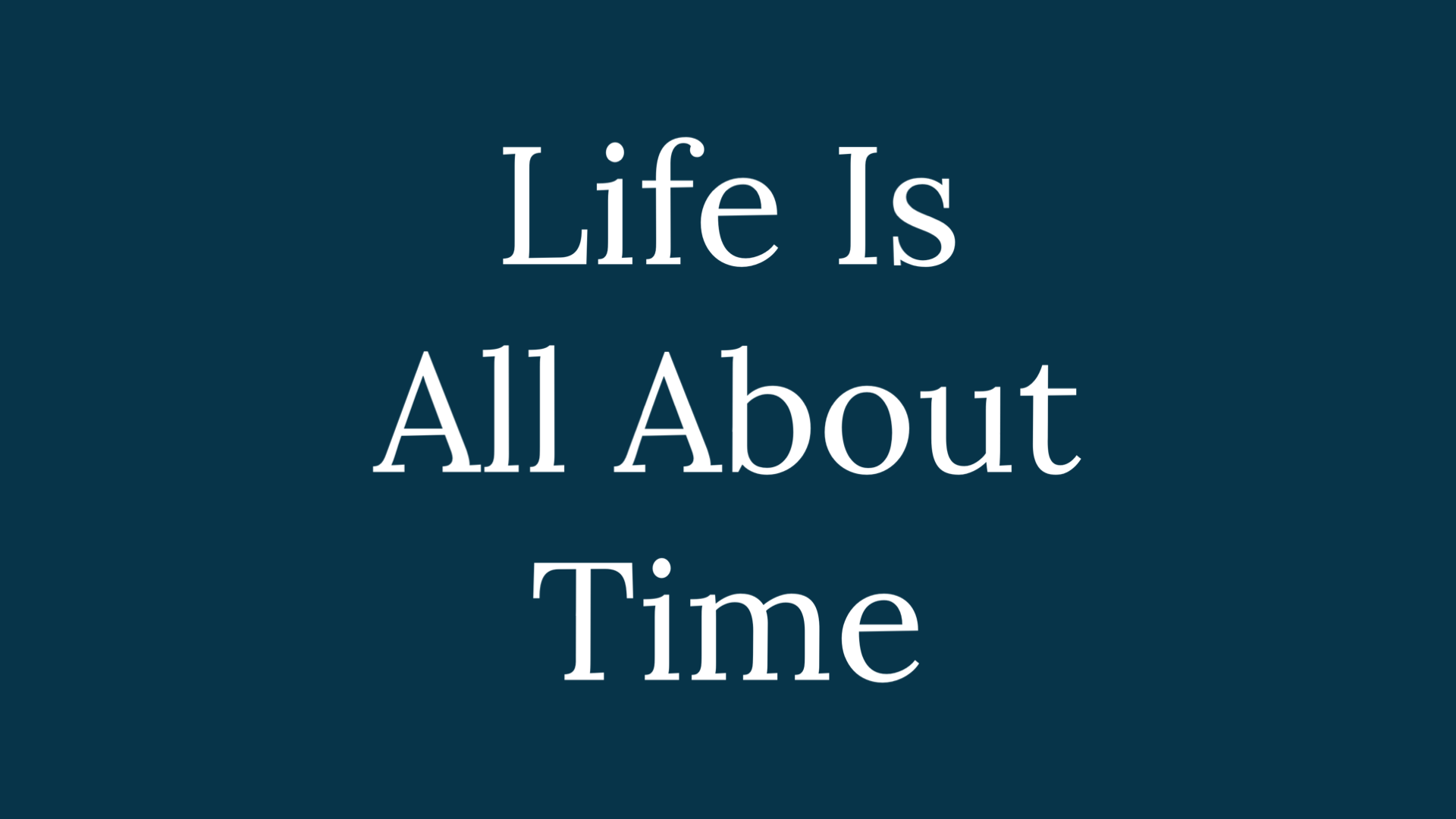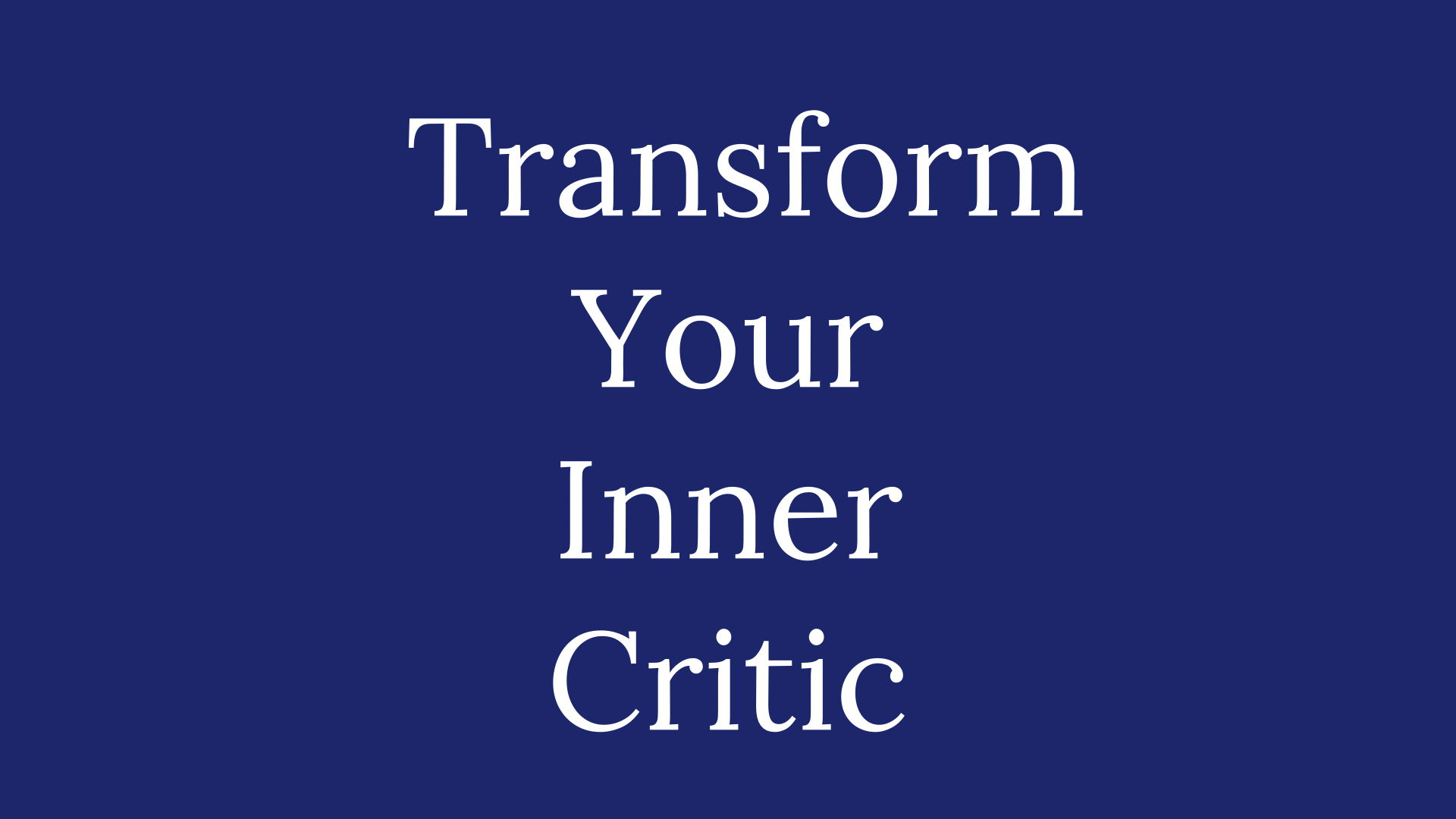Atomic Habits Summary

Mastering the Art of Habit Formation to Build Your Meditation Practice: Insights From 'Atomic Habits' by James Clear
Yesterday was the second session of the Autumn Meditation Challenge, a series of bi-weekly webinars on building and sustaining our meditation practices with frictionless practices we can easily integrate into everyday activities. Activities like walking and our morning routines can become meditations.
But to do this, we need a strategy and understanding of the foundations of habit formation. In this webinar, I went through a summary that I had produced of my favourite book on habit formation: Atomic Habits by James Clear. I included this book in my training in the past, and what I taught in this session is an evolution of that training.
I was pleased to see that many of the techniques that James Clear outlines in this excellent book are things that I have integrated into the training and coaching that I deliver. I used several examples from my training to explain the book's topics.
Here is the summary where I briefly explore the key topics from "Atomic Habits" and how they can be applied to enhance our meditation practices.
The Power of Atomic Habits
Clear emphasises the significance of small, consistent changes, referred to as atomic habits. These small steps can lead to substantial long-term improvements. In the context of meditation, this means starting with brief, daily sessions and gradually building on them.
The Four Laws of Behaviour Change
Clear's four laws—Cue, Craving, Response, and Reward—are a roadmap for habit formation. To make meditation a habit, make it obvious (cue), attractive (craving), easy (response), and satisfying (reward).
Habit Loops
Understand the habit loop: Cue -> Craving -> Response -> Reward. Identify the cues that trigger your meditation practice, create a craving, respond by meditating, and reward yourself with a sense of accomplishment.
Habit Stacking
Attach your meditation practice to an existing routine, such as right after brushing your teeth in the morning. This creates a natural sequence that reinforces the habit.
The Two-Minute Rule
Begin your meditation habit with actions that take less than two minutes, like some pranayama extended breathing. Gradually extend the duration as the habit solidifies.
Environment Design
Modify your surroundings to support meditation. Create a dedicated space for practice, free from distractions, and keep your meditation tools readily accessible.
Make Bad Habits Unattractive
This is what is known as sabotaging the saboteur. Make it difficult for you to act out unhelpful behaviours. You can do this by planning ahead so that, for instance, you are not in the place and at the time that you will be most tempted to make an unhelpful choice.
Use Temptation Bundling
Pair meditation with activities you enjoy. If you like listening to calming music, make it a habit to meditate while doing so.
Habit Tracking
Measure your meditation progress to stay motivated. Set yourself a retrospective to see how your life has benefited.
Never Miss Twice
If you miss a micro practice session, get back on track immediately. Avoid allowing one slip-up to break your momentum.
Reinforce Good Habits with Rewards
Celebrate your meditation successes, no matter how small. Acknowledging your achievements reinforces the habit.
The Goldilocks Rule
Keep your meditation habits challenging yet manageable. You don't have to make anything challenging in the modern world. So, this is more about ensuring you can do what you plan. There's no need to set super challenging goals in meditation. Do you less than you can, and you'll find that your practice grows in time.
Identity-Based Habits
This is a future authoring and visualisation activity. Spent the time to construct the image of what your life will be like if you build your new useful habits. So, if you see yourself as a calm, focused, relaxed meditator, this identity will support your habit.
Social Support
Surround yourself with individuals who share your meditation goals. Their influence can encourage your personal practices. This is what the Bromley Mindfulness community is all about.
The Importance of Belief
I have no doubt whatsoever that anyone can change. Believe in your capacity to change and develop new meditation habits. Self-confidence is a powerful motivator.
Habits & Goals
Realise that your habits can help you to achieve long-term goals. For instance, consistent meditation can lead to improved focus and better decision-making.
Continuous Improvement
Habit formation is a process, not a goal. Making minor improvements and adjustments is the best way to achieve any long-term goal.
Conclusion
Incorporating this wisdom from 'Atomic Habits' into our meditation practices can be transformative. By building a set of daily frictionless practices that are obvious, attractive, easy, and satisfying, we can experience personal growth, resilience, and a deeper connection with ourselves.
Remember that habits take time to solidify, and it's perfectly normal to encounter setbacks along the way. Take baby steps. Expect setbacks. Progress is three steps forward and two steps back, and the two steps back are very real. The key is to persevere, never miss twice, and enjoy a journey of continuous improvement.
Best of luck on your habit formation journey, and if you would like to join us on ours, subscribe to the forever free membership option on The Meditation Course website (click the green button), and you will be updated about the next webinar.





Comments ()